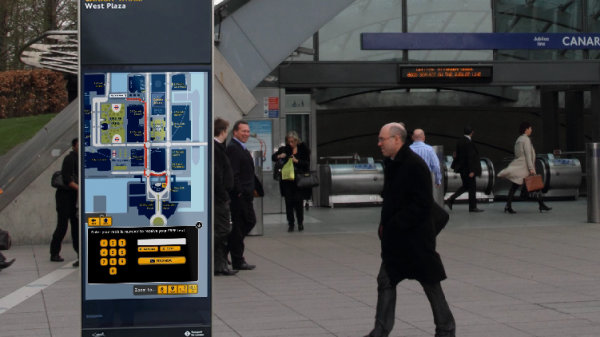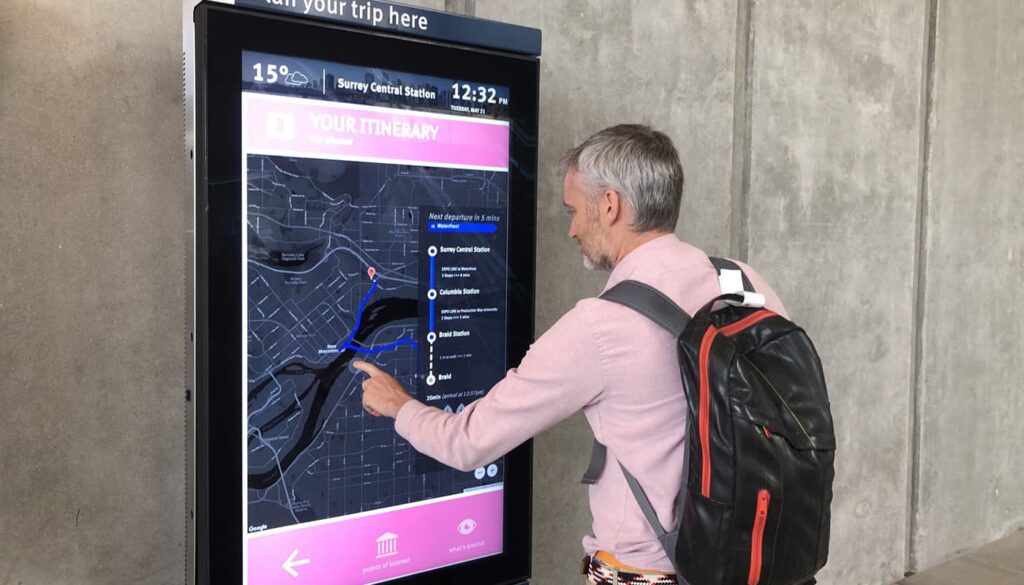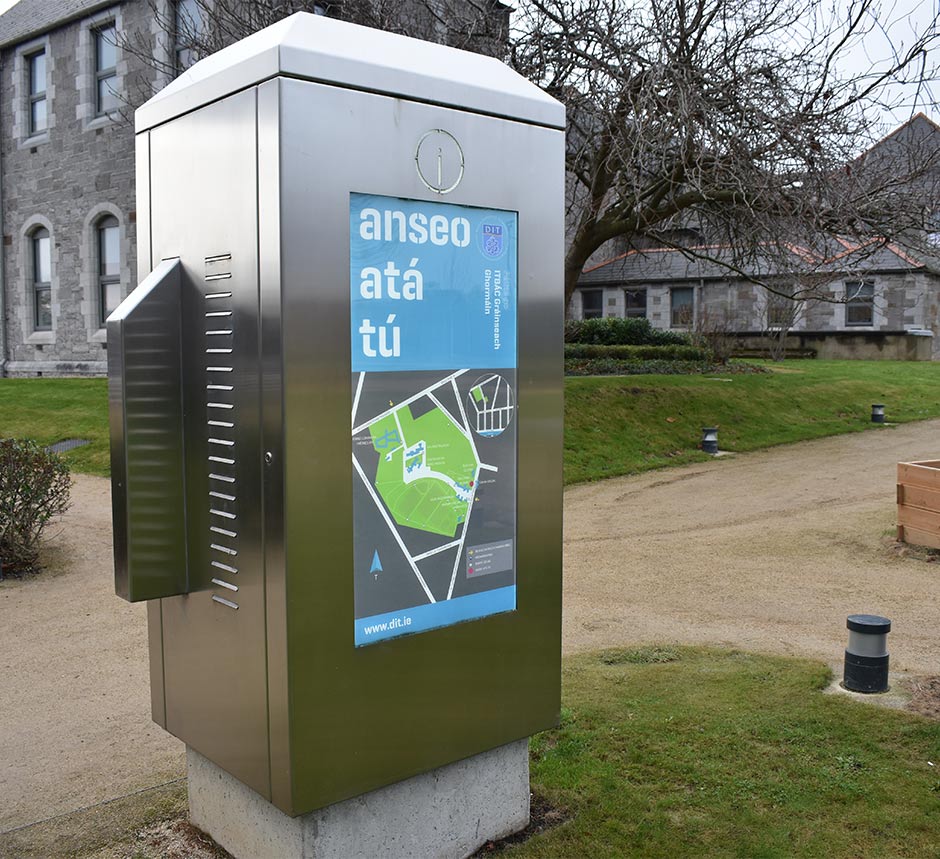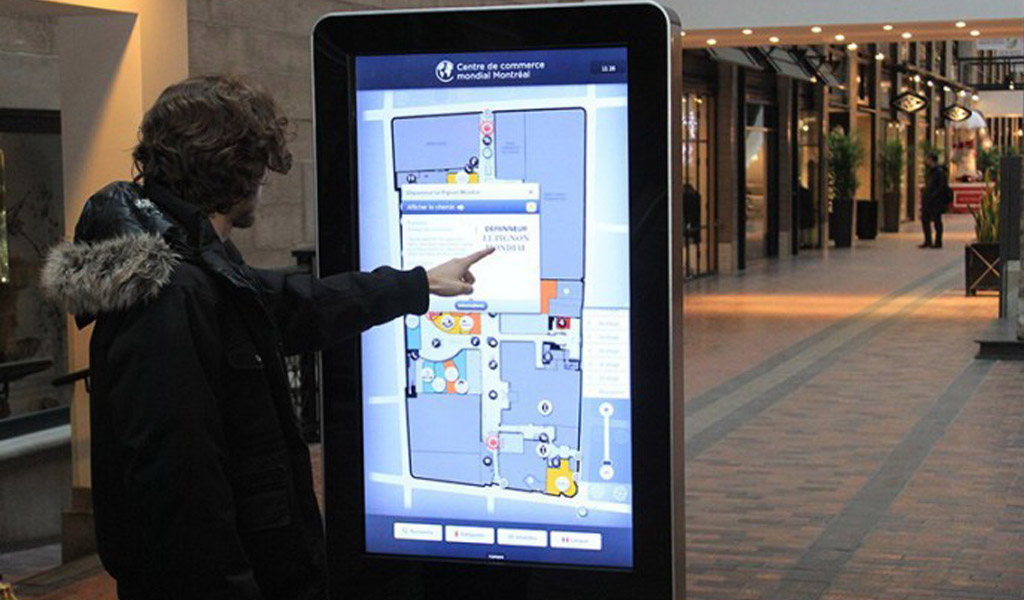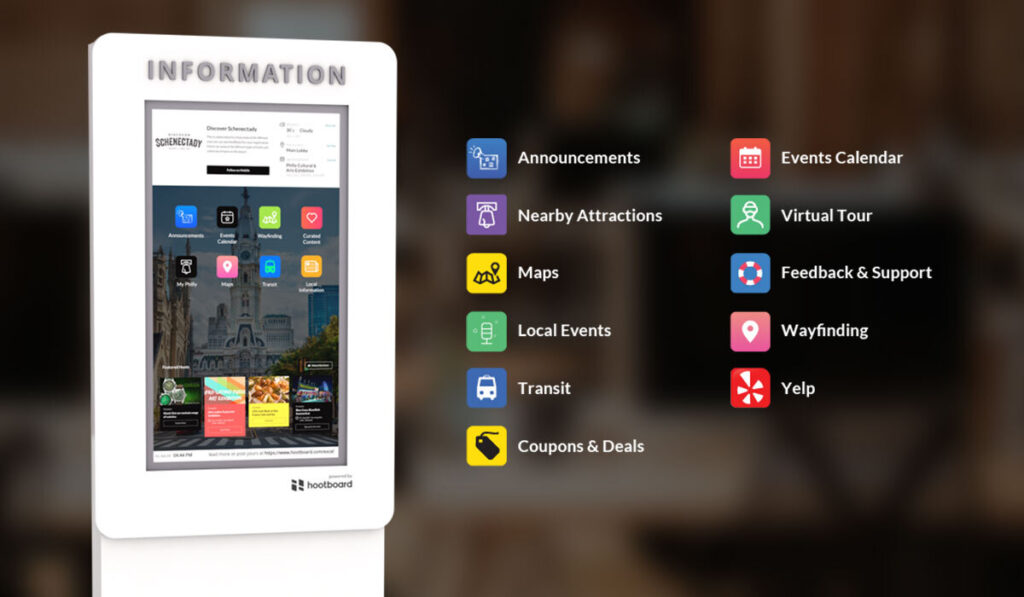Wayfinding kiosks have become a popular solution for organizations looking to enhance visitor experiences. Whether in cities, airports, hospitals, or hotels, these digital stations promise to provide easy-to-use navigation tools, information, and even advertisements to engage visitors. But before diving headfirst into what may seem like a high-tech upgrade, there are several pitfalls to consider. In many cases, the wayfinding kiosk investment can become a nightmare, draining budgets and causing long-term operational headaches. Below, we’ll explore some real-life examples to highlight the risk of adopting a wayfinding kiosk without fully understanding the potential problems.
1. The Allure of a Wayfinding Kiosk: Hardware Without Proper Support
One of the biggest issues facing organizations that invest in wayfinding kiosks is the divide between hardware providers and software support. Some companies, including a major player in the kiosk hardware space, offer beautifully designed machines that come at a hefty price. However, what they often fail to deliver is a robust software platform or integration support. Organizations are left scrambling to either develop their own software or find third-party solutions that often don’t mesh well with the hardware.
On the flip side, some companies offer both hardware and software, but their budget constraints often limit the quality and reliability of the solutions. For example, one company, that lacks U.S.-based employees and operates with minimal funding, can leave clients high and dry when issues arise. The risk of such companies running out of funding and folding is always present, potentially leaving your wayfinding kiosks useless with no ongoing software support.
2. Real-Life Example: Schenectady’s Expensive Mistake
Take Schenectady, New York, as an example. The city invested hundreds of thousands of dollars into outdoor wayfinding kiosks, intending to provide residents and visitors with a state-of-the-art navigation system. What they didn’t anticipate, however, were the immense technical issues that would follow.
Within a few months, the kiosks began breaking down—screens froze, software failed to update, and the system became unreliable. To make matters worse, the company responsible for the kiosks kept sending underqualified technicians who were unable to fix the problems. The city was left in limbo for months, dealing with ongoing outages and a lack of responsiveness from the vendor. Eventually, the repair bills started piling up, and the kiosks turned into money pits instead of valuable assets for the community.
3. Network Issues: Hotels Pay the Price for Weak Wi-Fi
Another issue arises when the network infrastructure isn’t sufficient to support the kiosks. Several hotels across the U.S. have installed wayfinding kiosks, only to realize too late that their existing Wi-Fi networks couldn’t handle the data load. For instance, five hotels in a major U.S. city invested in digital kiosks for their lobbies, hoping to enhance their guests’ experiences with interactive maps, restaurant recommendations, and local event listings.
However, the kiosks quickly became unreliable, frequently losing connectivity. It turned out that the hotel’s Wi-Fi was not strong enough to handle the constant data transfer required by the kiosks. To resolve the issue, each hotel had to invest in expensive, high-powered routers to handle the increased demand, resulting in additional costs of hundreds of dollars per month in extra networking fees.
This unforeseen expense not only added to the overall cost of ownership but also left the hotel management frustrated. Their initial investment in the kiosks, which was supposed to simplify guest interactions, ended up costing more than anticipated with little return on investment.
4. Lack of Customization and Poor Software Performance
Even when you manage to find a vendor that provides both hardware and software, you may still face limitations. One specific player, for example, may advertise that their kiosks come with multiple features—such as a selfie booth, list builder app, and events app with QR code functionality—but these features are often poorly implemented. Users may struggle with glitches, slow performance, or clunky interfaces that detract from the overall experience.
Without adequate customer service and technical support, these issues can go unresolved for weeks or months, leaving you with expensive, unusable machines. As mentioned earlier, if the company lacks a solid financial foundation, there’s always the risk that it’ll run out of money, leaving you with kiosks that no longer receive software updates or support.
5. Maintenance Nightmares: More Than You Bargained For
One of the most significant challenges with wayfinding kiosks is the ongoing maintenance required to keep them operational. While they may seem like sleek, standalone units, they are complex systems that involve a wide range of components, from touchscreens and processors to software and network connectivity. When any of these elements fail, the entire system can become unusable.
These kiosks are often exposed to high-traffic environments and harsh conditions, leading to frequent wear and tear. Outdoor kiosks are particularly vulnerable, with exposure to elements such as extreme heat, cold, or moisture that can accelerate hardware failure. Maintaining these kiosks can require specialized knowledge that many businesses don’t have in-house, leading to heavy reliance on the vendor’s technical support team.
However, many kiosk providers lack a reliable customer service infrastructure to adequately address these ongoing issues. Because the industry is so niche most of the companies are typically stretched thin, with minimal U.S.-based employees to handle customer complaints. The result? Weeks, or even months, of downtime while waiting for technicians to address recurring problems. Worse, the technicians who are dispatched may not have the right expertise, further delaying repairs and increasing frustration. This is exactly what happened in the case of the city of Schenectady. After spending hundreds of thousands of dollars on new outdoor kiosks, they found that several units stopped working within months. The company repeatedly sent unqualified technicians, leading to extended periods of downtime. Meanwhile, visitors were left frustrated by non-functioning kiosks, and the city’s reputation suffered.
6. Software Failures
In addition to hardware failures, software-related issues are also a common source of frustration. Kiosks often rely on outdated or poorly designed software systems that may crash or require frequent updates. Without proper maintenance, these systems can become buggy, unresponsive, or unable to sync with the required databases, rendering them effectively useless. Hotels that have invested in kiosks often report frequent software crashes or network disconnections, leaving their guests with a frustrating user experience.
Even if the hardware works as expected, kiosks require routine cleaning and physical maintenance. Touchscreens accumulate grime from constant use, which can lead to poor responsiveness. Some kiosks also need regular recalibration to ensure touch accuracy. For businesses that don’t have staff available to manage these tasks, this can result in neglected kiosks that quickly become eyesores rather than assets.
Further, the overall cost of maintaining these kiosks can add up quickly. For example, Schenectady’s initial investment in outdoor kiosks quickly ballooned due to ongoing repairs, technician visits, and software updates. What was initially intended to be a city-wide innovation became a financial burden, draining resources without delivering the promised benefits.
Another example can be seen in a group of hotels that installed kiosks only to find their existing network infrastructure couldn’t support the devices. The kiosks frequently lost connectivity, resulting in periods of inoperability. The solution was to upgrade the network by installing expensive routers specifically for the kiosks. This led to unanticipated costs that far exceeded the original budget. Worse still, the hotels also faced additional monthly fees to maintain the enhanced network infrastructure, adding to the ongoing financial burden.
Finally, in cases where the kiosk provider goes out of business or ends its support services, businesses can be left with unsupported, outdated systems. When the software becomes obsolete, or the hardware fails and the company no longer offers maintenance, businesses are forced to either invest in new kiosks or transition to a different solution altogether—both of which come at a high cost.
Conclusion: Proceed with Caution
The idea of installing wayfinding kiosks to enhance user engagement may seem appealing, but the reality can be much more complicated. The high cost of maintenance, the need for specialized technical support, and unforeseen expenses like network upgrades can quickly turn an exciting investment into a financial burden. Real-world examples like the experiences in Schenectady and various hotels illustrate how easily these projects can spiral out of control, with businesses and municipalities facing months of downtime and unexpected costs.
Before committing to a wayfinding kiosk solution, it’s essential to carefully evaluate all the potential risks and long-term costs. Ask the tough questions about the vendor’s support structure, and ensure you fully understand the financial implications of maintaining the kiosks over time. Otherwise, you may find that your investment in high-tech wayfinding is more trouble than it’s worth.

